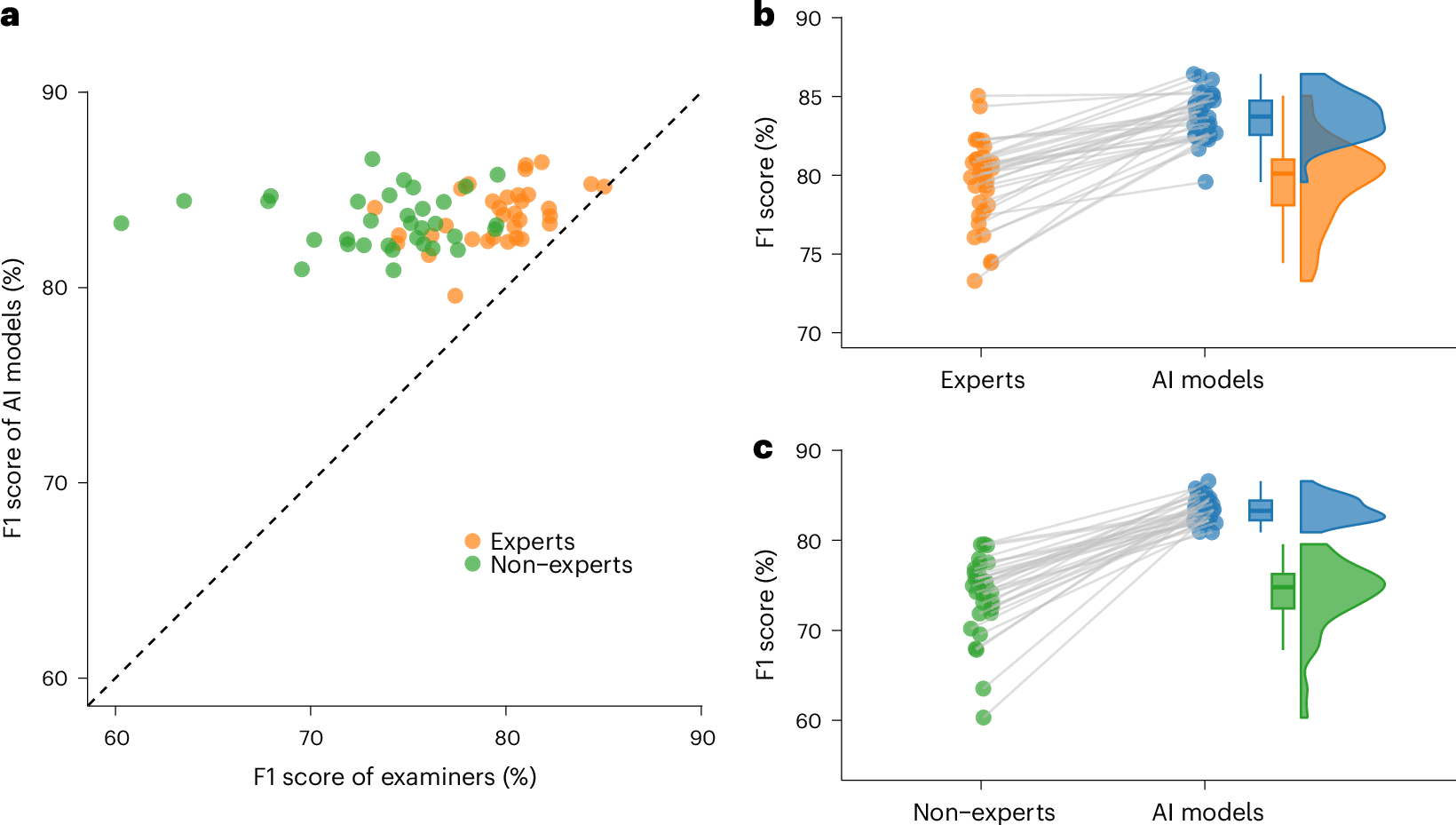2025-01-02 カーディフ大学
<関連情報>
- https://www.cardiff.ac.uk/news/view/2887826-new-anticancer-t-cell-type-discovered
- https://www.jci.org/articles/view/181895
半可変TCR-α鎖を介したMHC関連タンパク質1制限的がん認識 MHC-related protein 1–restricted recognition of cancer via a semi-invariant TCR-α chain
Garry Dolton, Hannah Thomas, Li Rong Tan, Cristina Rius Rafael, Stephanie Doetsch, Giulia-Andreea Ionescu, Lucia F. Cardo, Michael D. Crowther, Enas Behiry, Théo Morin, Marine E. Caillaud, Devinder Srai, Lucia Parolini, Md Samiul Hasan, Anna Fuller, Katie Topley, Aaron Wall, Jade R. Hopkins, Nader Omidvar, Caroline Alvares, Joanna Zabkiewicz, John Frater, Barbara Szomolay and Andrew K. Sewell
Journal of Clinical Investigation Published: January 2, 2025
DOI:https://doi.org/10.1172/JCI181895
Graphical Abstract
Abstract
The T cell antigen presentation platform MR1 consists of 6 allomorphs in humans that differ by no more than 5 amino acids. The principal function of this highly conserved molecule involves presenting microbial metabolites to the abundant mucosal-associated invariant T (MAIT) cell subset. Recent developments suggest that the role of MR1 extends to presenting antigens from cancer cells, a function dependent on the K43 residue in the MR1 antigen binding cleft. Here, we successfully cultured cancer-activated, MR1-restricted T cells from multiple donors and confirmed that they recognized a wide range of cancer types expressing the most common MR1*01 and/or MR1*02 allomorphs (over 95% of the population), while remaining inert to healthy cells including healthy B cells and monocytes. Curiously, in all but one donor these T cells were found to incorporate a conserved TCR-α chain motif, CAXYGGSQGNLIF (where X represents 3–5 amino acids), because of pairing between 10 different TRAV genes and the TRAJ42 gene segment. This semi-invariance in the TCR-α chain is reminiscent of MAIT cells and suggests recognition of a conserved antigen bound to K43.



